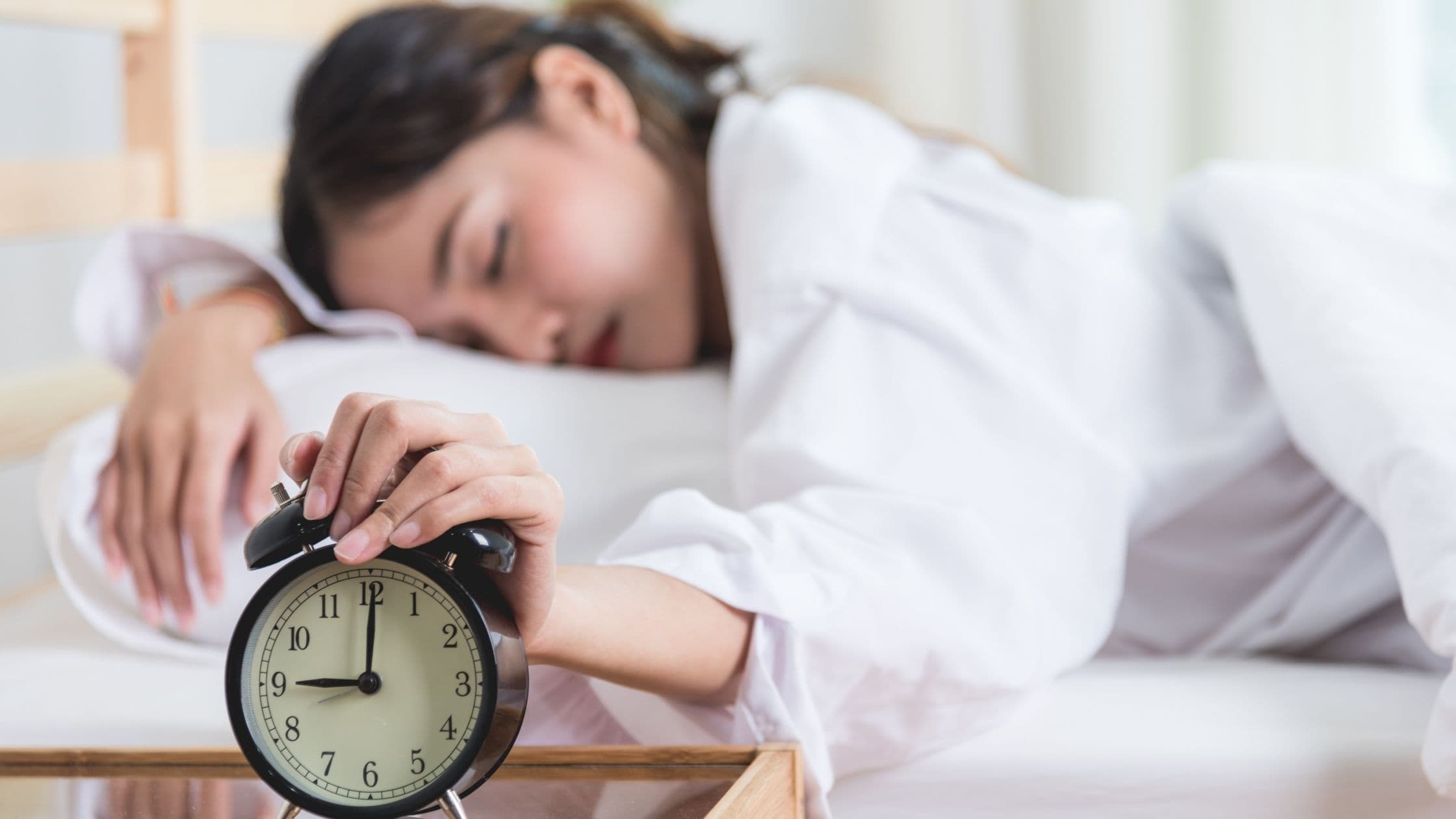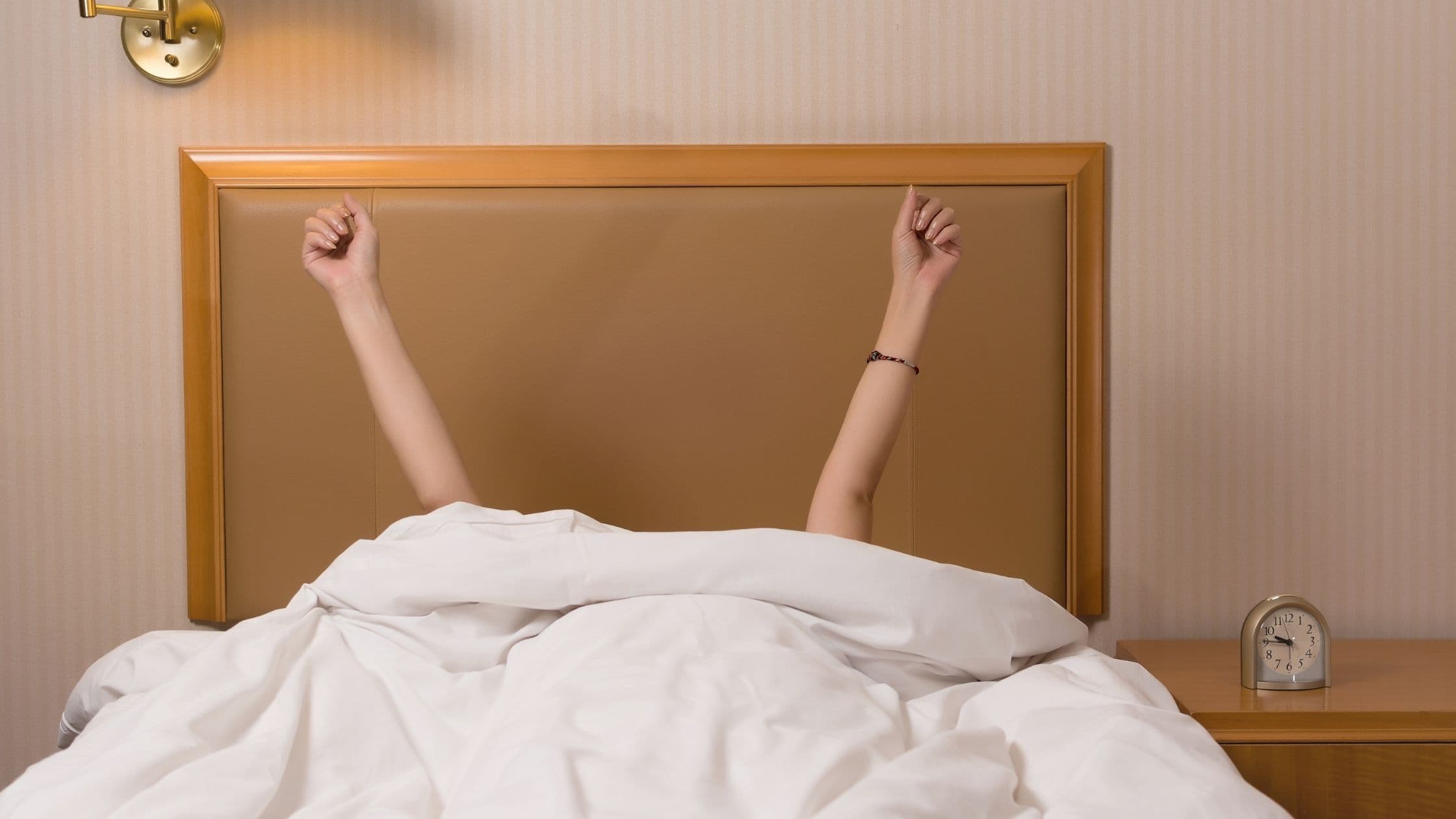A Guide to Maintenance of Wakefulness Test (MWT)
Sleep disturbances are a common problem, affecting millions of people worldwide. Diagnosing the underlying cause often requires a multifaceted approach, and the Maintenance of Wakefulness Test (MWT) plays a crucial role in this process. This guide delves into the world of MWT, explaining its purpose, how it's conducted, and how the results aid in sleep disorder diagnosis.

Why Stay Awake? Understanding the Purpose of MWT
Unlike traditional sleep studies that monitor you while you sleep, the MWT assesses your ability to stay awake during the daytime. This provides valuable insights into several sleep disorders, including:
- Narcolepsy: This neurological disorder is characterized by excessive daytime sleepiness (EDS) and can include sudden sleep attacks. An MWT helps assess how quickly you fall asleep during the day and if you experience these sudden sleep attacks.
- Idiopathic Hypersomnia: Similar to narcolepsy, this sleep disorder involves chronic EDS without the presence of narcolepsy-specific symptoms like cataplexy (sudden muscle weakness triggered by emotions). The MWT helps differentiate between these conditions.
- Sleep Apnea: While a sleep study is the primary diagnostic tool for sleep apnea, an MWT might be used in conjunction with it, particularly if the sleep study results are inconclusive. The MWT can assess daytime alertness even if sleep apnea wasn't clearly identified during nighttime sleep.
- Shift Work Sleep Disorder: Individuals who work irregular hours often experience sleep disturbances. The MWT can evaluate their daytime alertness and determine if their sleep schedule is impacting their wakefulness.
The Test Itself: What to Expect During an MWT
The MWT is typically conducted in a sleep center under the supervision of a sleep technician. Here's a breakdown of what to expect:
- Preparation: You'll be asked to maintain a regular sleep schedule for a few days before the test and avoid alcohol, caffeine, and certain medications that can affect sleep-wake patterns.
- The Testing Environment: The MWT is conducted in a quiet, dimly lit room with a comfortable bed or reclining chair.
- The Sleep Trials: The test consists of four separate sleep trials, each lasting 40 minutes. You'll be instructed to close your eyes and relax during these trials, but avoid falling asleep.
- Wakefulness Monitoring: Electrodes might be placed on your scalp and face to monitor brain activity and ensure you're not drifting off to sleep. Additionally, video cameras might be used to observe your behavior during the test.
- In-Between Breaks: Two-hour breaks separate each sleep trial, allowing you to get up, move around, and use the restroom. However, napping during these breaks is not permitted.

Interpreting the Results: What the MWT Reveals
The results of your MWT are analyzed by a sleep specialist who considers several factors:
- Sleep Latency: This refers to the time it takes you to fall asleep during each trial. In an MWT, a shorter sleep latency (falling asleep quickly) suggests excessive daytime sleepiness.
- Multiple Sleep Latency Test (MSLT): This is sometimes incorporated into the MWT and involves additional sleep opportunities following the MWT trials. It helps assess the presence of sleep attacks, a hallmark of narcolepsy.
- Wakefulness Efficiency: This measures the percentage of time you spend awake during the 40-minute sleep trials. Lower wakefulness efficiency indicates difficulty staying awake.
The MWT is just one piece of the puzzle. Your doctor will combine the MWT results with your medical history, sleep study results (if applicable), and a physical examination to arrive at a definitive diagnosis for your sleep disorder.
Beyond Diagnosis: The Importance of MWT
An accurate sleep disorder diagnosis paves the way for effective treatment. For conditions like narcolepsy, medications can help regulate sleep-wake cycles and improve daytime alertness. For shift work sleep disorder, adjusting work schedules or using light therapy might be recommended. The MWT plays a vital role in ensuring you receive the most appropriate treatment for a restful night's sleep and a more energized day.
Remember: If you are experiencing excessive daytime sleepiness or disruptions in your sleep patterns, consult your doctor to discuss the possibility of undergoing an MWT and explore treatment options for a better night's sleep.